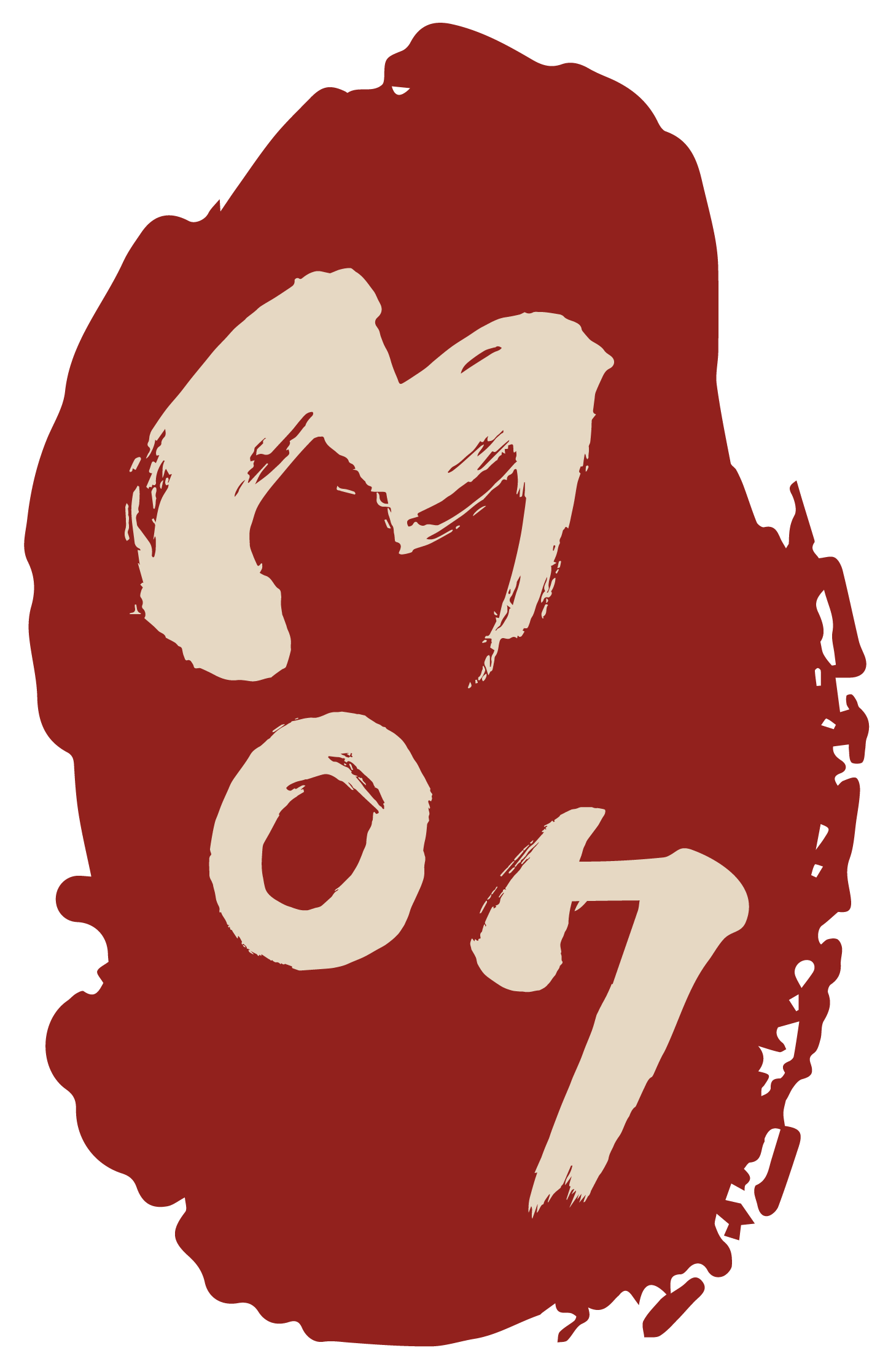Kundika in brown-black
Kundika
Classic form of a Kundika that was originally a drinking vessel for a monk and served Buddhist rituals. Curved silhouette, vertically rising filler neck on the shoulder. Set up grommet with small opening. Brown color with dark to black color gradient from the shoulders to the bottom. Apparently one of the earlier examples because of minor decoration of a spiral mark with three lines.
Object ID
Korea_024
Age
Koryō-Period (918 – 1392 AD)
Material
Ceramics
Color
brown-black
Height
35.7 cm
Height (neck)
16 cm
Diameter
(coming soon)
Diameter (neck)
4.2 cm
Diameter (bottom)
9.8 cm
Condition
Good
Price
on request
Description
The Kundika has a classic form as a drinking vessel for a monk, and served Buddhist rituals. The body-shape is curved, it ends in a kind of plate. A longer spout with an opening for drinking is attached.
The body of the bottle has a middle-brown glaze. From the neck and over the shoulders to the bottom run dark to black traces of color. The bottom shows inside the rough standring yellowish-brownish craquelures, and in the center a spiral with six offset cross lines.
It is apparently one of the earlier examples because of missing decoration. A vertically rising filler neck, set up to the shoulder is a construction for adding fresh water (a funnel), while the mouth on the upper neck really serves for drinking. The monk drank the water by a special method: Usually there was a mouthpiece, and the monk drank holding the vessel a little bit distant from the lips. [1]
Such kind of water bottles (kundikā) is considered to belong to the eighteen “treasures” of a Buddhist “begging monk”. The mouth is constructed in a way so that the monk could drink the “pure water”. [2]
The Kundika has historic roots. Originally it was imitated in China according to examples from India. The Chinese potters developed a form that could be copied in stoneware, copper and bronze. This type was repeated in Seladon during the Kōryō-period in Korea (936-1392 AD). In Korea the Kundika was mainly used as a ritual vessel. [3] Examples of those drinking vessels were found in numerous fragments on the areas of Buddhist monasteries. [4] (HV)
________________________
[1] Willetts (1968): Das Buch der chinesischen Kunst. Econ Düsseldorf/Wien. 322./Soontaek, Choi-Bae (1984): Seladon Keramik der Koryð-Dynastie 918-1392. Bestandskatalog des Museums für Ostasiatische Kunst der Stadt Köln. Köln. 20.
[2] Museum für Kunst und Gewerbe Hamburg/Museum für Ostasiatische Kunst Köln Adele Schlombs/Eva Ströber (Hg.): Quellen. Das Wasser in der Kunst Ostasiens. Hamburg/Köln 1992. 112
[3] Soontek, Choi-Bae (1984): Celadon Wares of the Koryō Period 918-1392. Catalogue of the Collection at the Museum of East Asian Art, City of Cologne. Cologne. 203
[4] Willetts (1968): Das Buch der Chinesischen Kunst. Econ Düsseldorf/Wien. 311/ Willetts: picture 165






